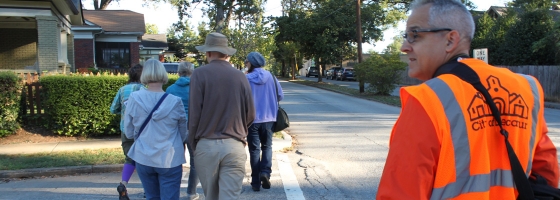A small, conversational group of interested residents turned out last Thursday, October 18 from 8-10am, for a walk around Oakhurst. Their mission? Exploring stormwater issues.
Complementing input gained from the Master Plan’s evening kick-off meeting earlier this month, as well as online data currently being submitted by residents via the stormwater wikipmap, the tour presented an additional, morning-based opportunity for residents to learn, share, and contribute to the process.
Armed with clipboards and a comment sheet, participants walked with representatives of the city and its consultant team, reviewed areas of challenge and success, and asked questions about the various issues and the regulations represented within each one.
The community’s next opportunity to contribute to the stormwater master plan will be on Wednesday, January 23, 2019 so save the date. Specifics to come soon. In the meantime, join the group on their tour with the photos below:
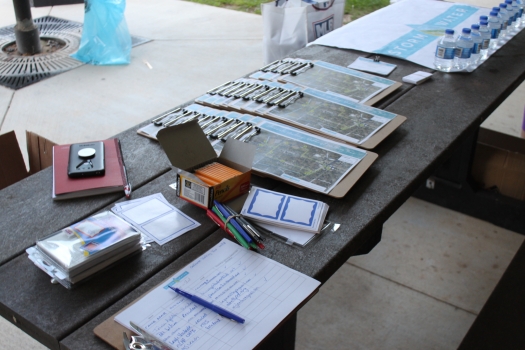
Participants were provided clipboards and comment sheets, allowing them to make notes for the project team throughout the tour.
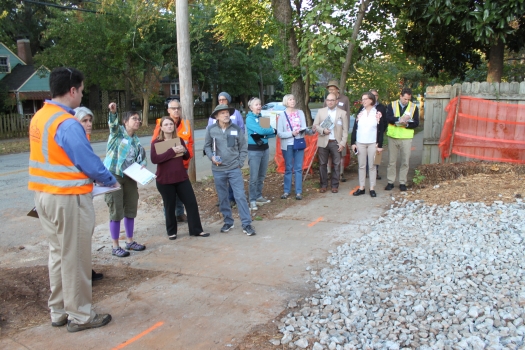
The group reviews an infill development site. Even when construction complies with existing site and tree regulations, impacts such as run-off can still occur.
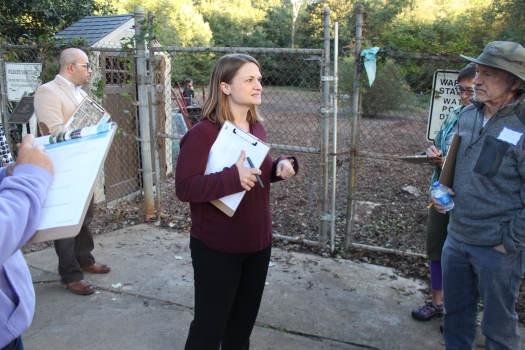
Kat McLeod with the AECOM consultant team explains how the East Lake Drive detention pond does double duty as the Oakhurst Dog Park, increasing possibilities for fecal contamination. Such contamination is already an identified problem in the adjacent Sugar Creek.
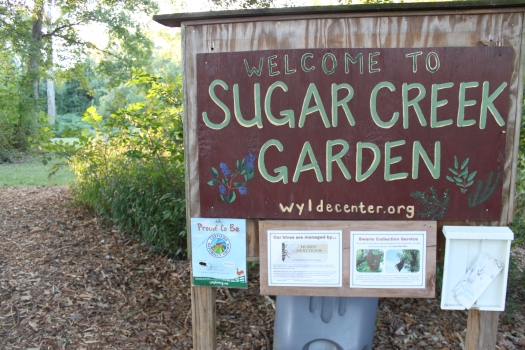
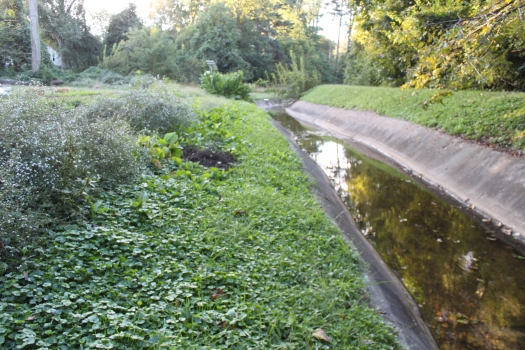
Sugar Creek Garden occupies the area’s low-lying flood plain, adjacent to a long-channelized creek. Such concrete modifications represented state-of-the-art interventions in the mid-20th century. Today, stream restoration is preferred, using plants and soil enhancements to aid in absorption and filtration. But given the present infrastructure still functions adequately, how to proceed will be a question of prioritization for the community to consider.
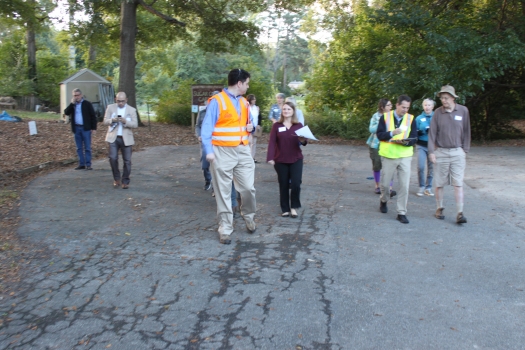
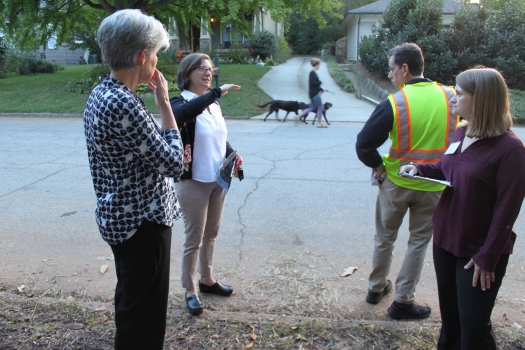
The group examines an open culvert alleviating rear-lot flooding by carrying stormwater out to the street. The culvert represents a common issue in dealing with stormwater, in that everything on one side of the curb is the responsibility of the homeowner while everything on the other side falls to the city. The most effective solutions often require a partnering of the two.
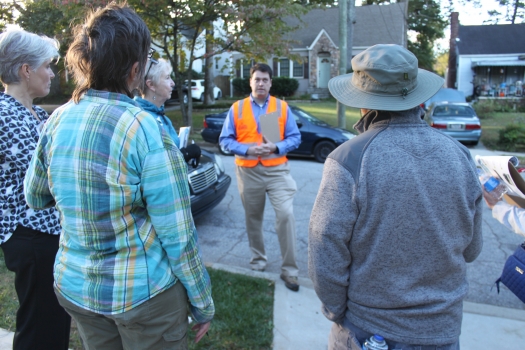
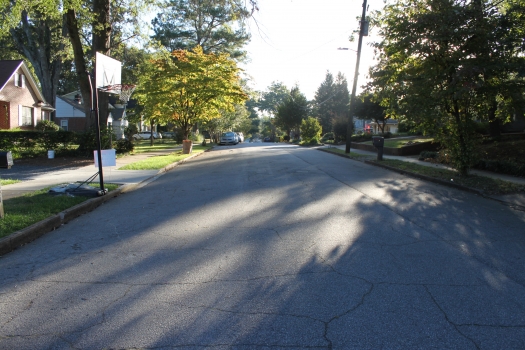
Maxwell Street is representative of neighborhoods throughout the city, in that the level of lot coverage is increasing through both larger homes and more extensive landscaping installations. However, because such infill typically conforms with existing coverage regulations, commensurate stormwater interventions are not usually required.
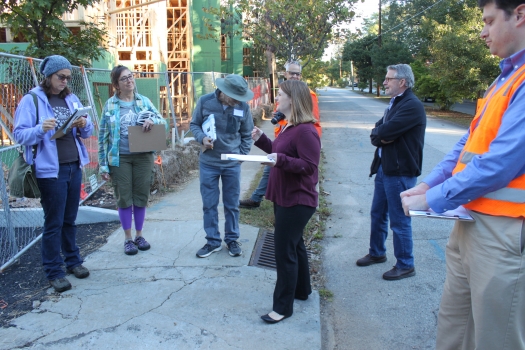
Decatur Housing Authority’s Oakview Walk project, currently under construction, presents an example of how redevelopment can have a positive impact on stormwater management. In addition to now providing stormwater detention on site, the project allowed for some adjacent underground piping that was causing damage to a neighboring property to be redirected through the DHA site.
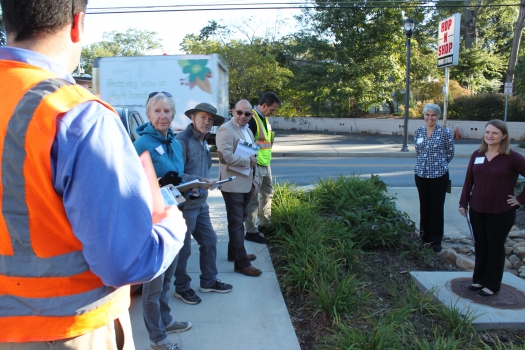
The group reviews an example of green infrastructure, wherein water handling prioritizes absorption and filtration over just removal. Underground piping gets utilized only in times of heavier rainfall.
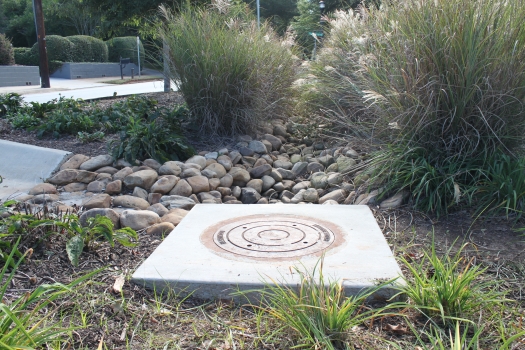
![]()
Enter your address and we’ll email you whenever we post.

